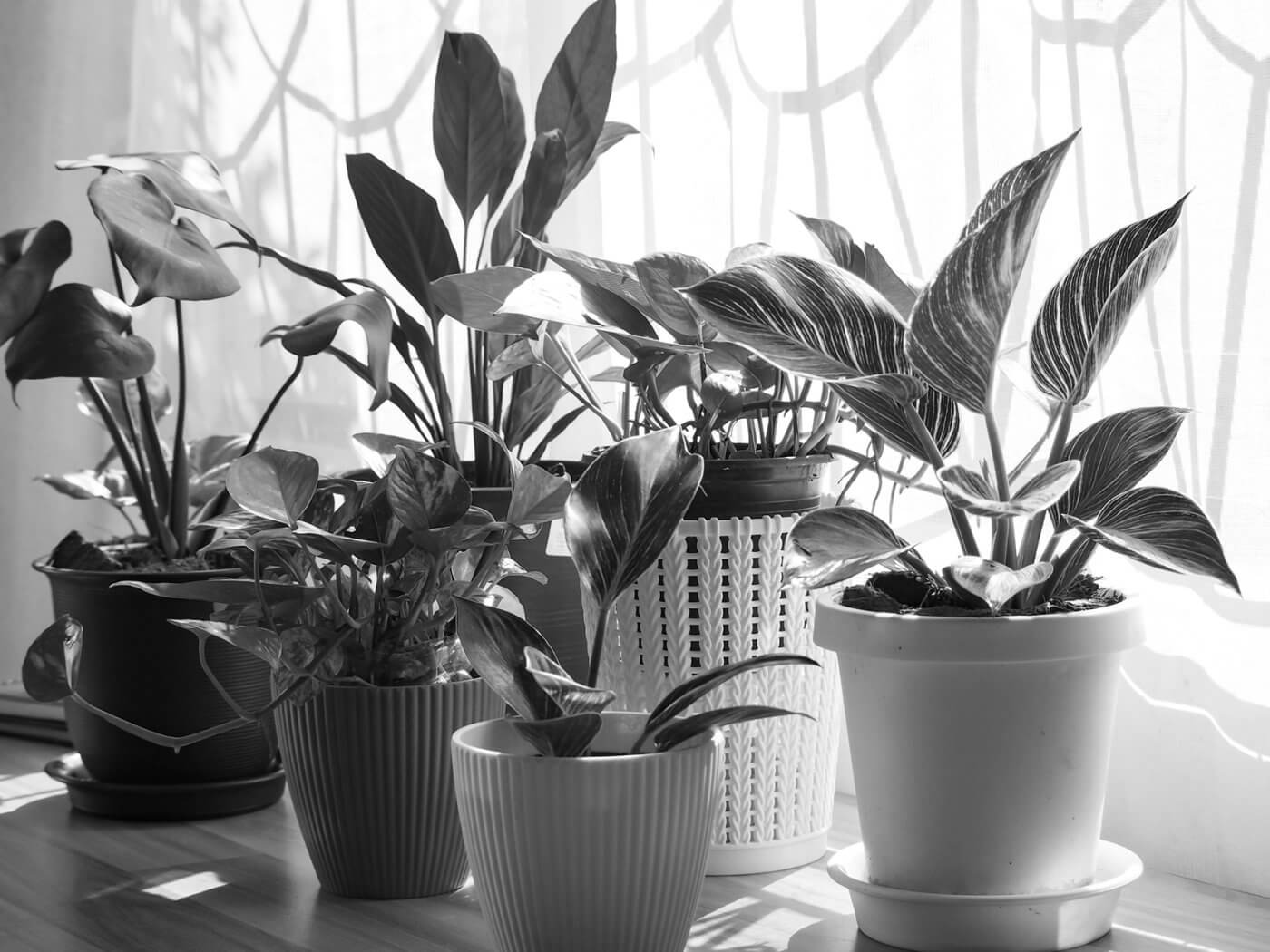BackPest Control Tips for Bringing Plants Inside

Pest Control Tips for Bringing Plants Inside
As temperatures dip below freezing outside, it’s time to bring your outdoor plants inside. To prevent stress and damage, it’s recommended that you transfer your outdoor plants inside once outside temperatures begin falling below 50 degrees at night, especially tropical plants and succulents. Sudden or prolonged exposure to cold negatively affects the overall health of your potted plants. But if you’re thinking all you need to do is carry your plants inside–think again.
Debugging Your Outdoor Plants
As you welcome your outdoor potted plants inside, it’s critical to ensure you aren’t also ushering in pests for the winter months. Here’s how:
- Remove pests from potted soil: Before debugging the leafy, aerial portion of each plant, you need to remove insects from the plant’s soil. Do this by filling a tub large enough to submerge your plant’s container in with warm water. Soak it for about 15 minutes to flush out any pests. If the soil is old or has white salt deposits on it, consider repotting the plant with new, fresh potting mix. Plants that are root-bound should also be repotted. Do this repotting outside so you’re only bringing in the newly potted plants and soil.
- Inspect each plant: Carefully inspect the leaves and stems of your plants for insects like scale, aphids, spider mites, or mealybugs. Aphids are tiny, light-green bugs that can be washed off with a mix of mild liquid soap and water. The soap will kill the aphids on contact. You can use a cotton ball saturated with rubbing alcohol to wipe away scale (brown, flat ovals on leaves and stems) and mealybugs.
- Check for spider mites: Tiny spider mites often form webs on the undersides of leaves. But they’re so small that they can be hard to see with the naked eye. Instead, look for light brown feeding spots on plants as a sign of spider mites. You can spray leaves with a hose to remove spider mites, then treat the plant with insecticidal soap to remove any remaining mites.
- Spray leaves for bugs: Even if you don’t see any bugs, their eggs could be hiding in small cracks between leaves, ready to hatch in the warm indoor temperatures. Go ahead and spray the entire plant with your choice of spray solution. Products like dish soap, hand soap, and Castile soap work well, but the safest option is insecticidal soap. Unlike other products, insecticidal soap contains a potassium salt of fatty acids which is the least detrimental to plants.
Bug House Has Your Back
When you start searching for a reliable team to manage pests in and around your home, call the experts at Bug House. Our experts are always ready to get to the bottom of your pest problems and help you kickstart an effective, long-term solution for your home. Contact us today to schedule a free consultation. We proudly serve Bug House customers throughout Georgia in Augusta, Carrollton, Columbus, Dublin, Eastman, Forsyth, Lake Oconee, Macon, Madison, McDonough, Milledgeville, Monroe, Sandersville, Savannah, St. Simons, Warner Robins, and Watkinsville.